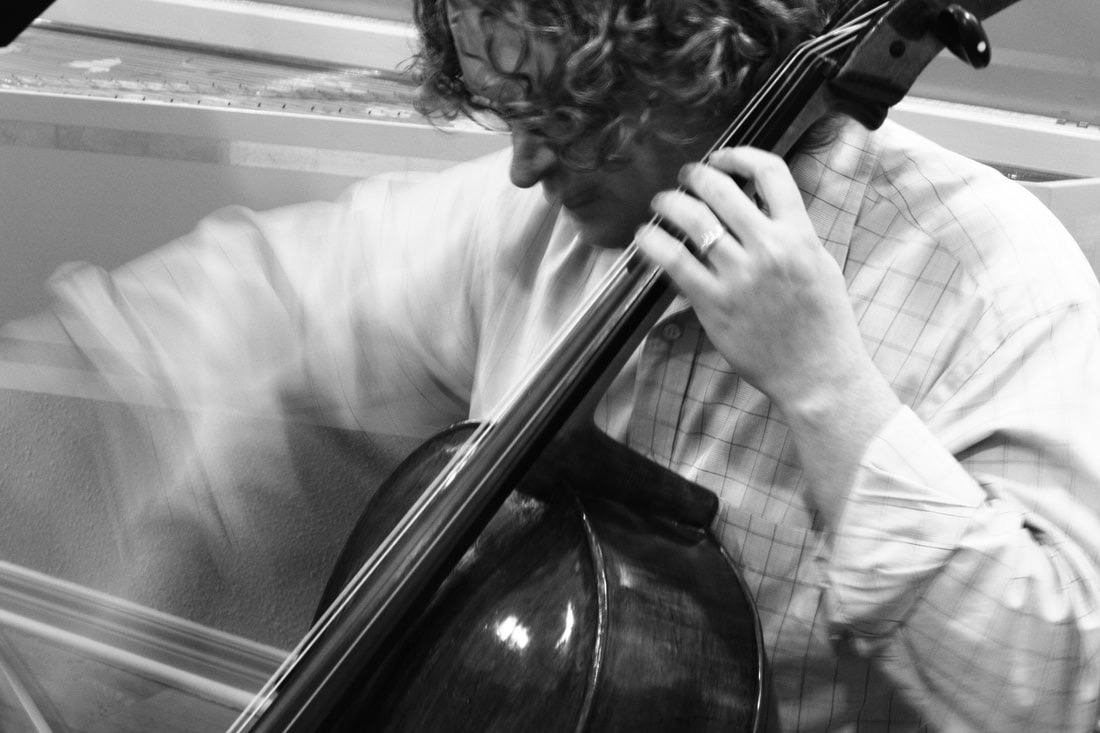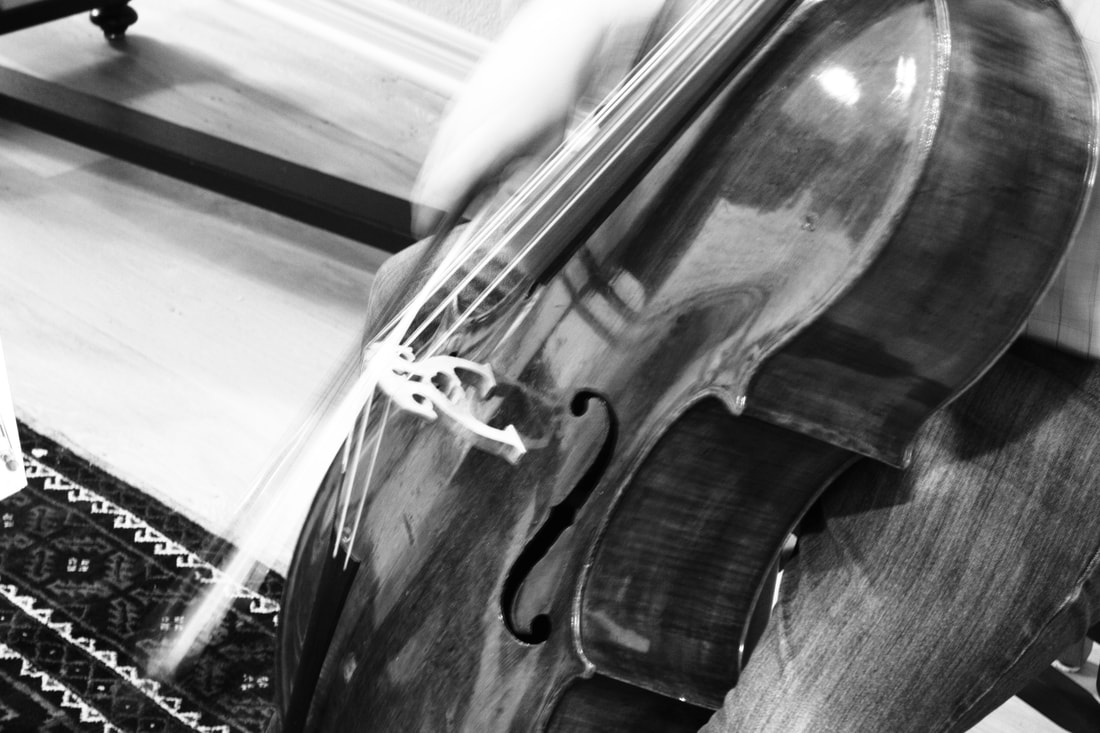Music Theory for Cellists
|
Just as it is important for a writer to understand grammar and syntax, a painter to understand color and light, and an engineer to understand the basics of physics, a musician is better when understanding the building blocks of their craft. We call this Music Theory - the process that explains how music is created and put together, and gives the musician insight to make their performance more interesting, discerning, and profound.
.However, one of the problems with traditional Music Theory courses is that it can be “boring” and “doesn’t relate to my instrument.” Most Music Theory classes rely on knowledge of (or even access to) a piano, and always are taught primarily using the treble clef - which can be intimidating to the beginning cellist. But these are problems that can be easily fixed.
|
|
This is exactly the goal of Music Theory for Cellists - to bring Music Theory to cellists as we see it and understand it. All examples are in the clefs which we are most familiar, and taught using the familiarity of a cello, not a keyboard. In each class the topic covered will be driven home using examples and exercises on the cello, which can help better integrate the lesson, as well as quickly show the student why it matters to them. Homework will include written examples as well as examples to be played on the cello. Additionally, we will work on ear training of interval recognition, chord recognition, and dictation, again using the cello.
Each course is six weeks in duration, with a weekly online (Zoom) seminar of 50 minutes. There are three course levels, each geared for different knowledge and familiarity levels. The Tonics (beginners) will focus on note recognition, rhythm/meter, keys, scales, intervals, and triads. The Mediants (intermediates) will focus on construction of chords, diatonic harmony, alterations in minor keys, harmonic progressions, non-chord tones, and an analysis of a movement of Unaccompanied Bach. The Dominants (advanced) will focus on musical forms, voice leading, improvising over a bass line, rhythmic ambiguity, tonal modulation, and atonality.
|
Summer 2021 Schedule
|
The Tonics (Beginner)
Saturdays at 1pm ET/10am PT June 5-July 10 Class 1: Notes in Bass, Tenor, Treble Class 2: Rhythms/Meter Class 3: Keys Class 4:Scales Class 5: Intervals Class 6.: Triads/Arpeggios |
The Mediants (Intermediate)
Saturdays at 2:30 ET/11:30 PT June 5-July 10 Class 1: Chords Class 2: Seventh and Extended Tertian Chords Class 3: Diatonic Harmony Class 4:Harmonic Progressions/Cadences Class 5: Non-harmonic tones Class 6: Analysis of Unaccompanied Bach |
The Dominants (Advanced)
**coming in Autumn** Class 1: Musical Forms Class 2: Voice Leading/Chorale (SATB) writing Class 3: Composing over a bass line Class 4: Rhythmic modulation/ambiguity Class 5: Key Modulation Class 6: Modes/Atonality |
Tuition: $90 per course, due prior to the first class of the cycle.
Each class will be recorded and available on the Music Theory for Cellists Portal should absence be necessary.
All Course Materials are posted on the Music Theory for Cellists Portal, available after registration.
Each class will be recorded and available on the Music Theory for Cellists Portal should absence be necessary.
All Course Materials are posted on the Music Theory for Cellists Portal, available after registration.
Questions - please submit your questions here

